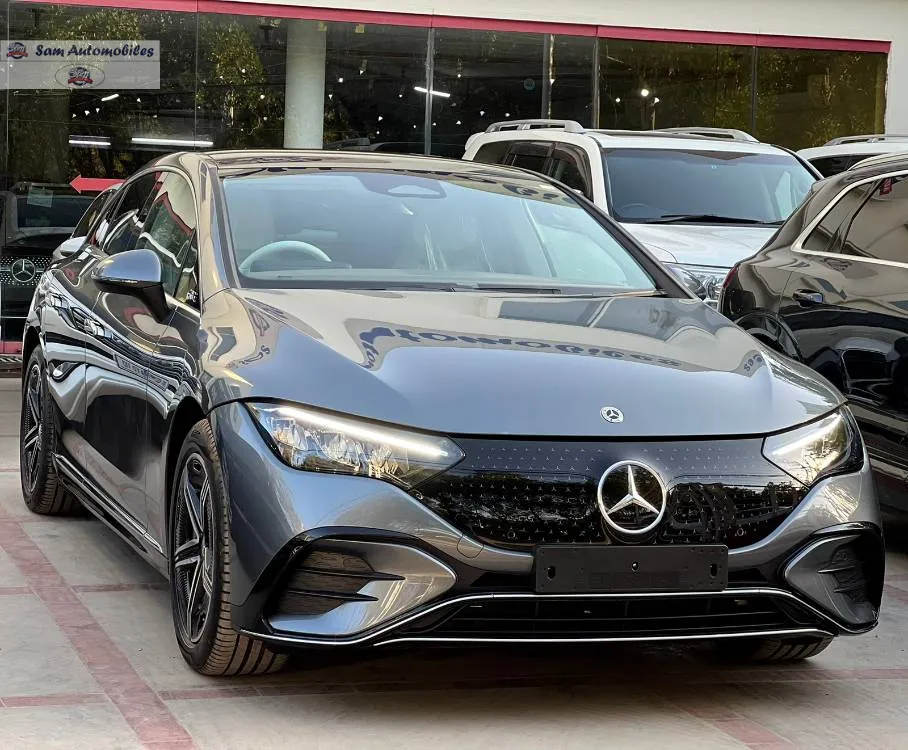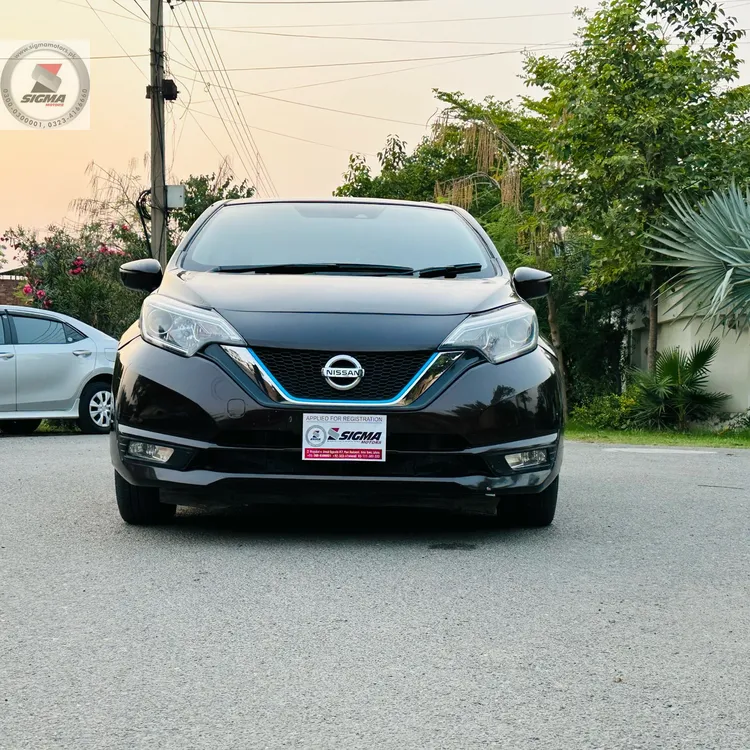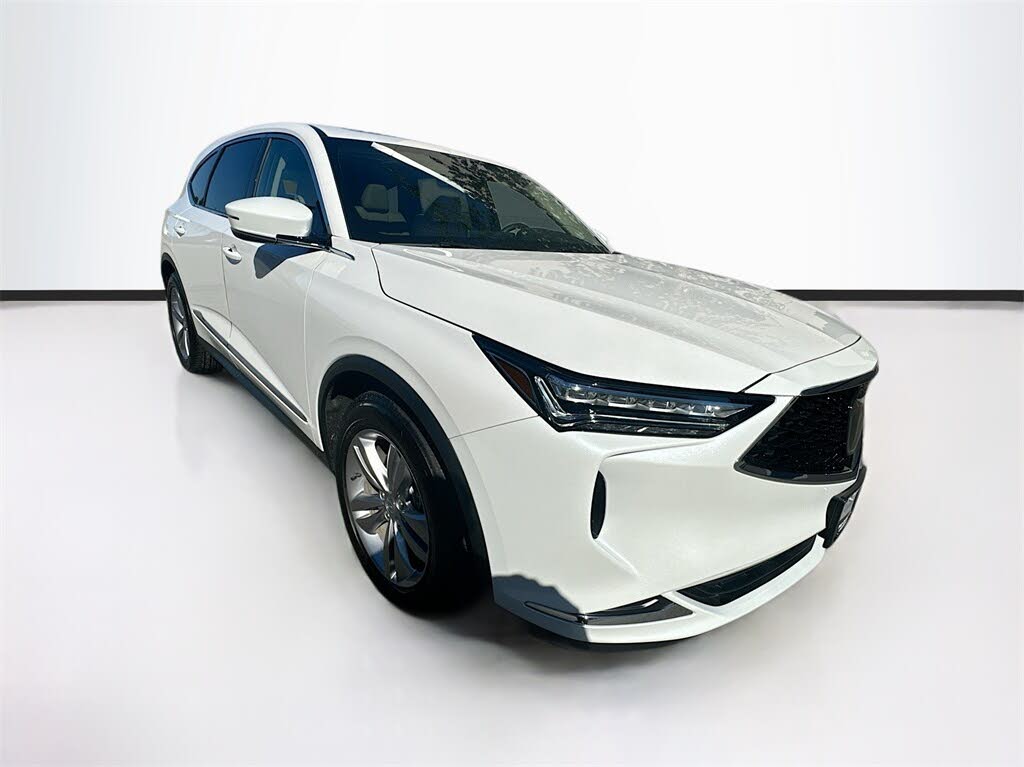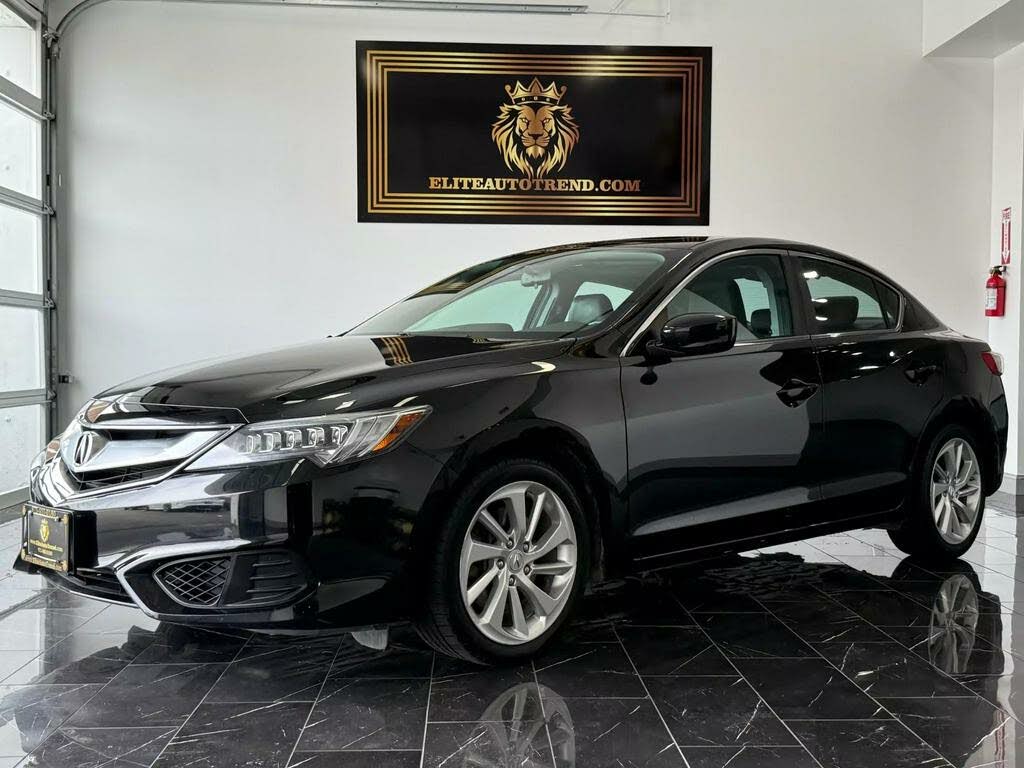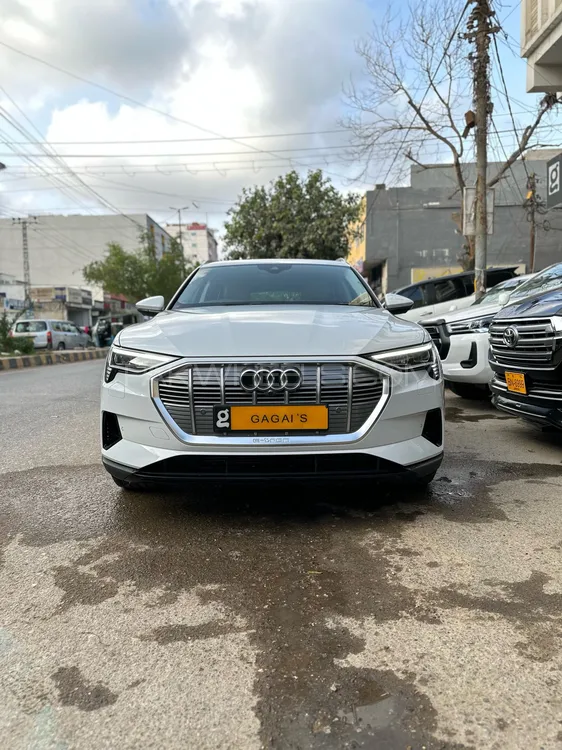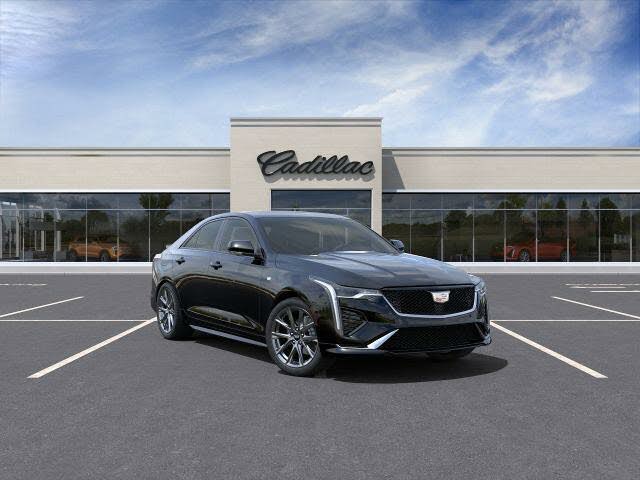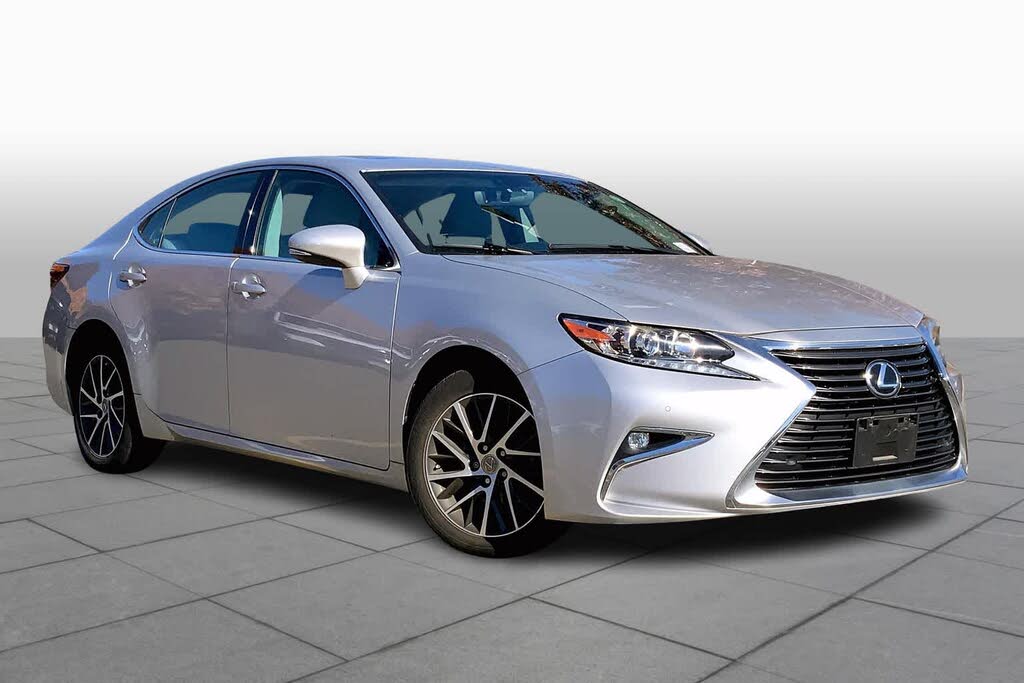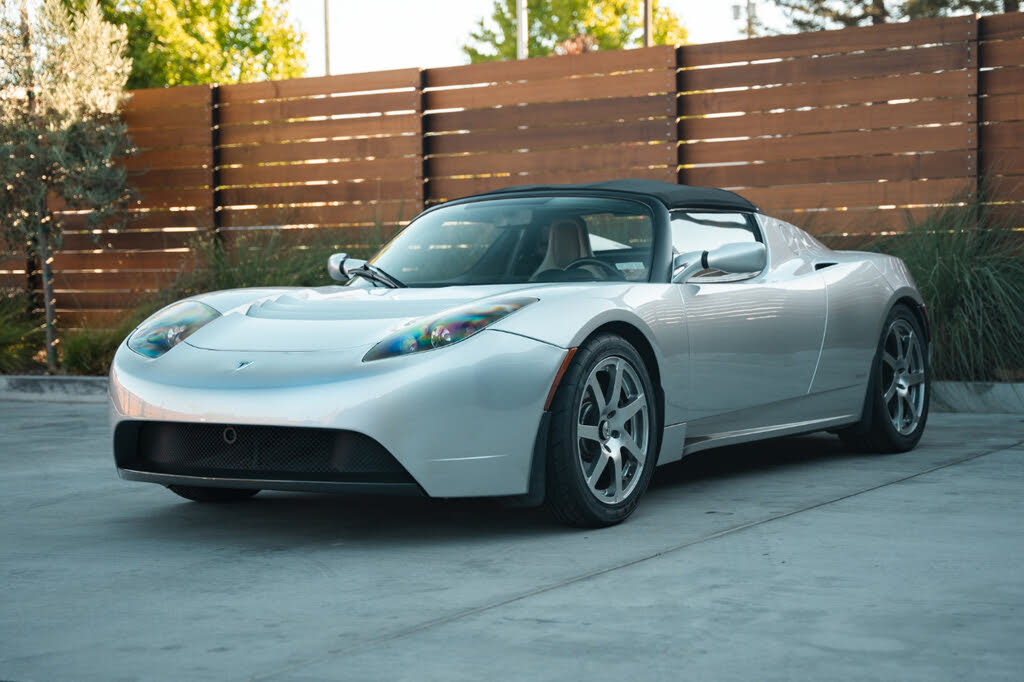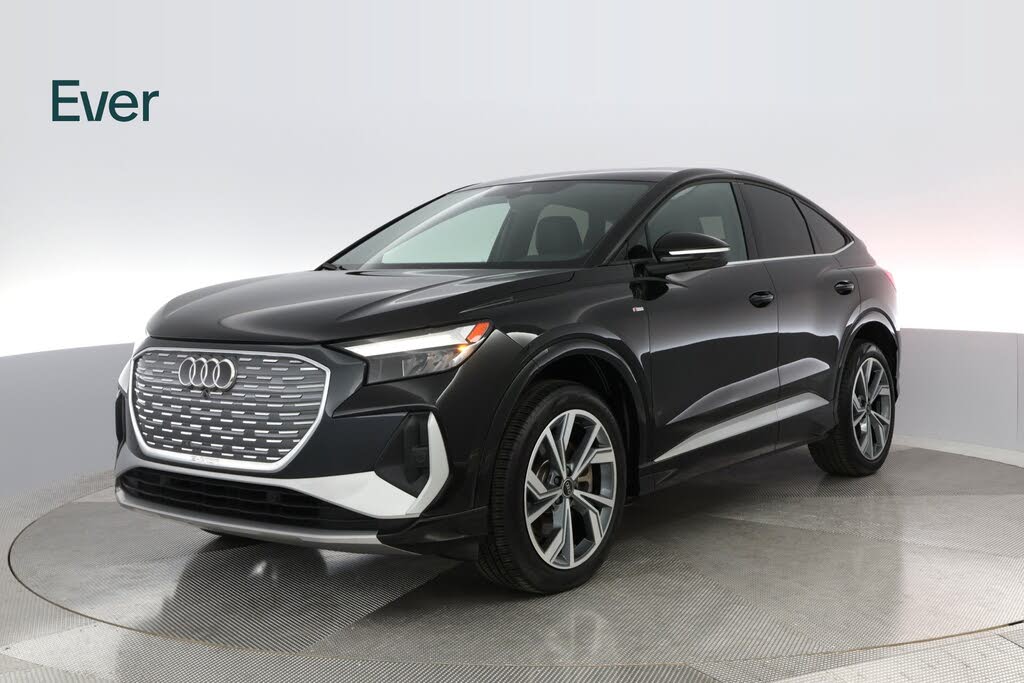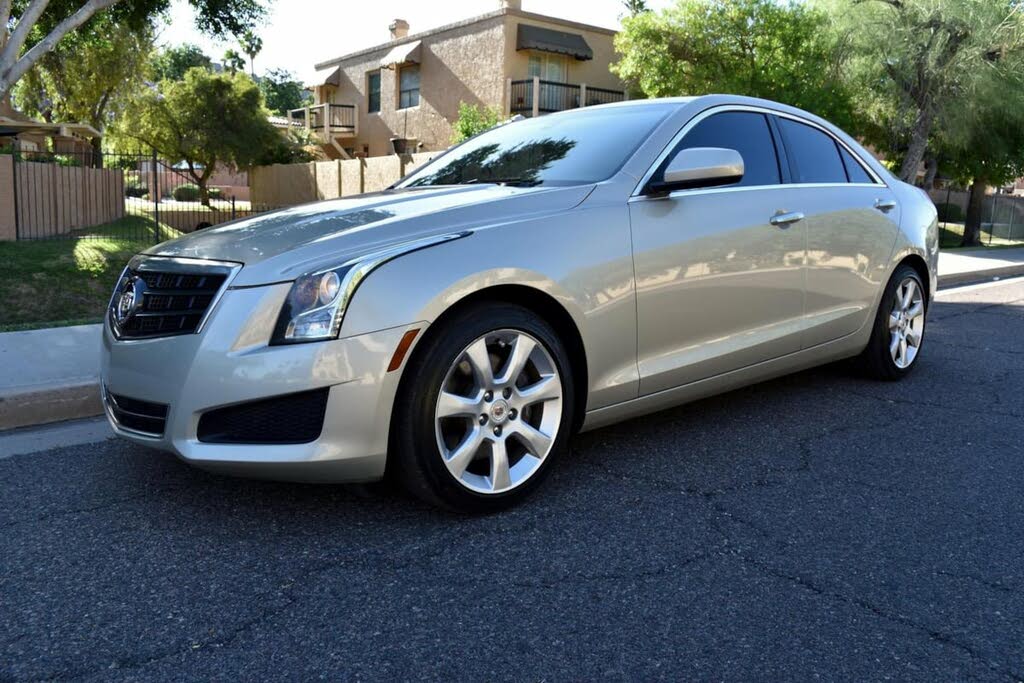Home > News & Blogs > Timing Belt vs. Timing Chain: Key Differences, Benefits, and Which One Your Car Needs
Timing Belt vs. Timing Chain: Key Differences, Benefits, and Which One Your Car Needs
Timing Belt vs. Timing Chain: What You Need to Know
Understanding the Timing Belt and Timing Chain
In modern vehicles, engine timing is crucial for smooth operation and efficiency. Most passenger cars feature either a timing belt or a timing chain, each serving a vital role in synchronizing the crankshaft and camshaft movements. While timing belts are quieter and more cost-effective, timing chains often offer greater longevity. But how do you know which one your vehicle has, and why is timely replacement necessary?
What Does a Timing Belt or Chain Do?
The timing mechanism ensures the precise coordination between the pistons and valves in an engine. The crankshaft rotates as the pistons move, and the camshaft regulates the opening and closing of valves. A timing belt, typically made of reinforced rubber, connects these components using cogged teeth, while a timing chain operates similarly but is constructed from metal links for enhanced durability.
--TOP ADVERTISEMENT HERE--
If either component fails, the engine ceases operation immediately, often resulting in severe internal damage.
Interference vs. Noninterference Engines
Engines fall into two primary categories regarding timing system failures:
- Interference engines: A broken timing belt or chain can cause the pistons to collide with open valves, leading to extensive and costly damage.
- Noninterference engines: While the engine will stop running, there is minimal risk of internal damage if the timing mechanism fails.
-
Owners of vehicles with interference engines should prioritize scheduled belt replacements to avoid catastrophic failure.
Which is Better: Timing Belt or Timing Chain?
There are advantages and disadvantages to both options:
- Timing belts: Generally need replacement every 60,000 to 120,000 miles. They are quieter but wear out faster.
- Timing chains: Designed to last the lifetime of the vehicle but may still require maintenance due to worn-out tensioners and guides.
- --FIRST CONTENT ADVERTISEMENT HERE--
Replacing a timing belt can cost between $500 and $1,000, making a timing chain a more cost-effective option in the long run.
Why Replace a Timing Belt If the Engine Runs Fine?
A timing belt does not provide warning signs before failing. A sudden break can result in a stalled engine or internal damage. Even if it doesn’t break, worn cogged teeth or a malfunctioning tensioner can cause skipping, potentially leading to misfires or a ticking noise.
Timing chains can also degrade over time. Common symptoms of a failing chain include a rattling sound, often due to worn-out tensioners or guides.
How to Identify Whether Your Car Has a Timing Belt or Chain
Determining the type of timing system in your vehicle is straightforward:
- Check the owner’s manual for scheduled maintenance recommendations.
- Search online using your vehicle’s make, model, and year to find timing system details.
- If the maintenance guide specifies a replacement interval, your car likely has a timing belt. If no replacement is mentioned, it likely has a timing chain.
--SECOND CONTENT ADVERTISEMENT HERE--
Additional Considerations When Replacing a Timing Belt
Many vehicles with timing belts also have the water pump driven by the belt. Mechanics often recommend replacing the water pump simultaneously since a failing pump can affect the belt’s function, potentially leading to serious engine damage.
Replacing the water pump along with the belt reduces labor costs in the long run, as the procedure overlaps significantly.
Timing Gears: An Alternative?
Some heavy-duty diesel engines and racing cars use timing gears instead of belts or chains. These gears are extremely durable and require no maintenance, but they are costly and produce a loud whirring noise, making them impractical for most passenger vehicles.
--THIRD CONTENT ADVERTISEMENT HERE--
Final Thoughts: Should You Choose a Timing Belt or Chain?
If longevity and low maintenance are your priority, a timing chain is the preferred choice. However, if you prioritize a quieter engine and lower replacement costs upfront, a timing belt might be the better option.
Regardless of your vehicle's system, regular maintenance and timely replacements are critical to ensuring your engine’s longevity and optimal performance.

Motorvero Richy
Last Updated On Feb, 27-2025
